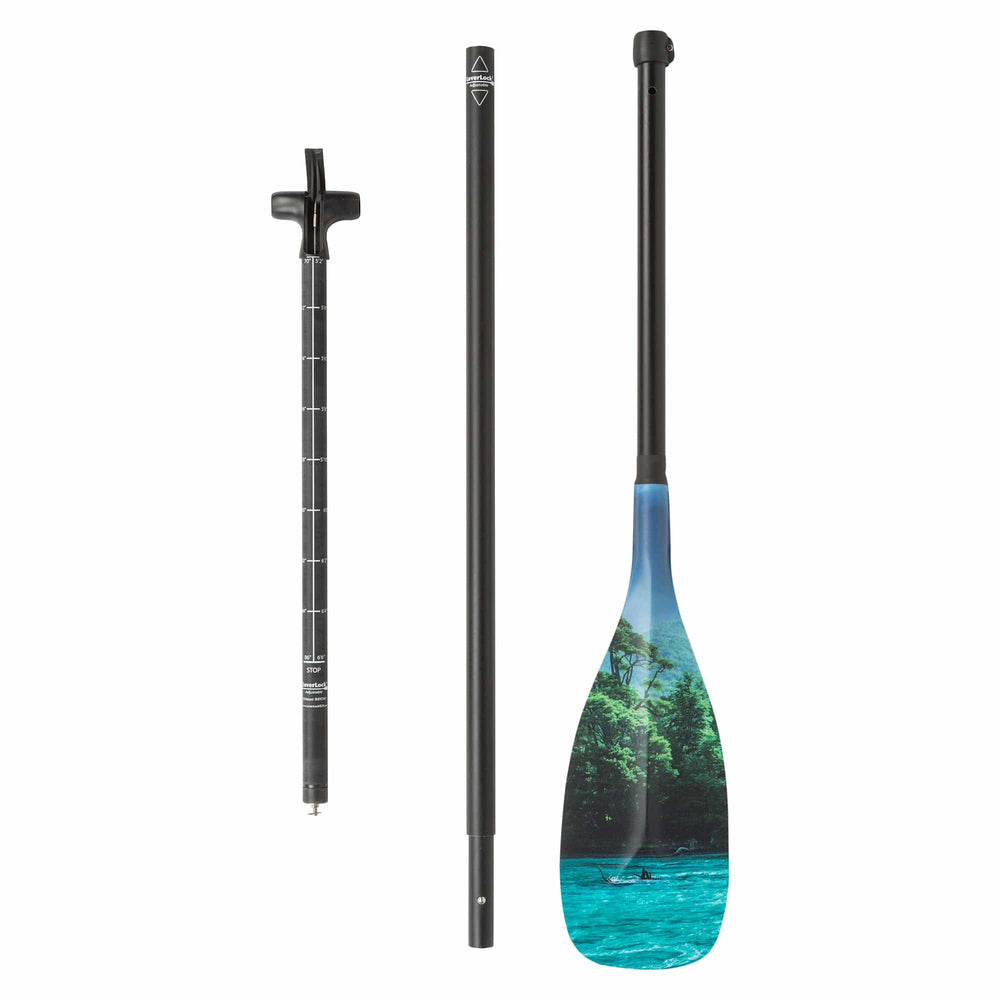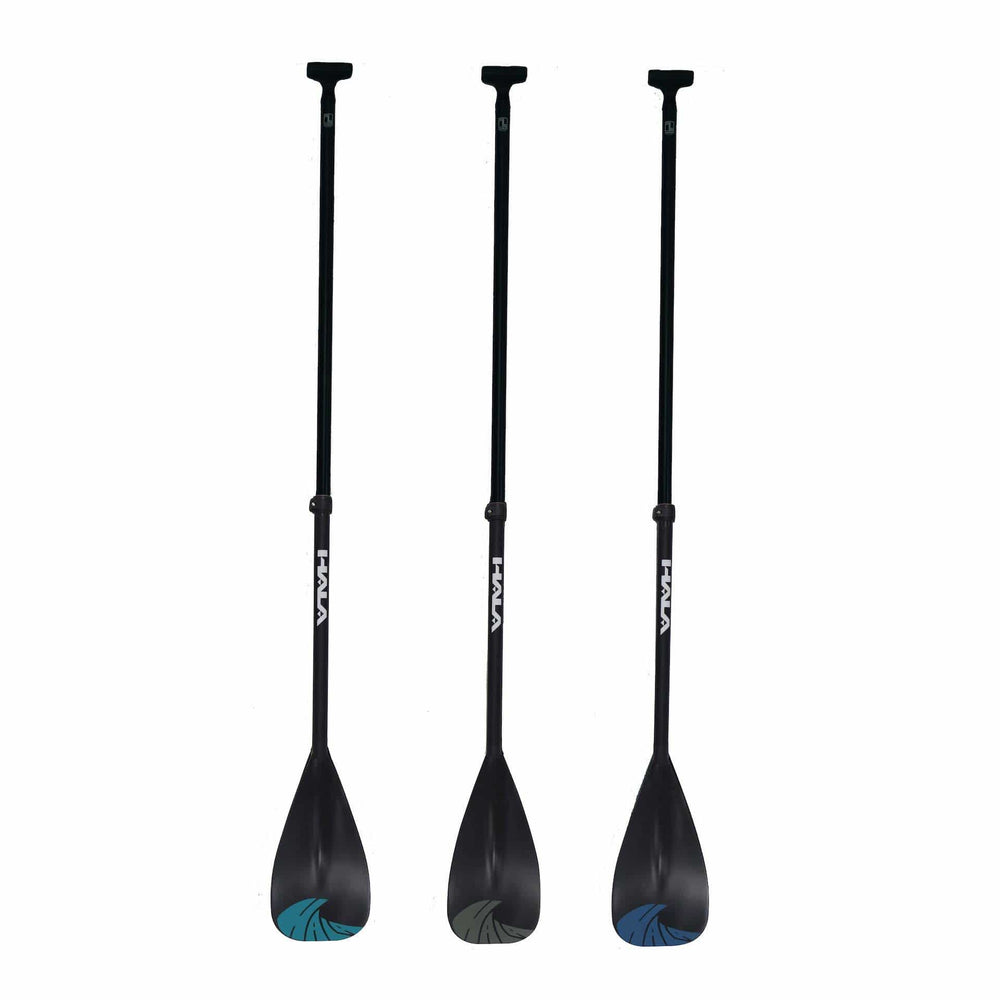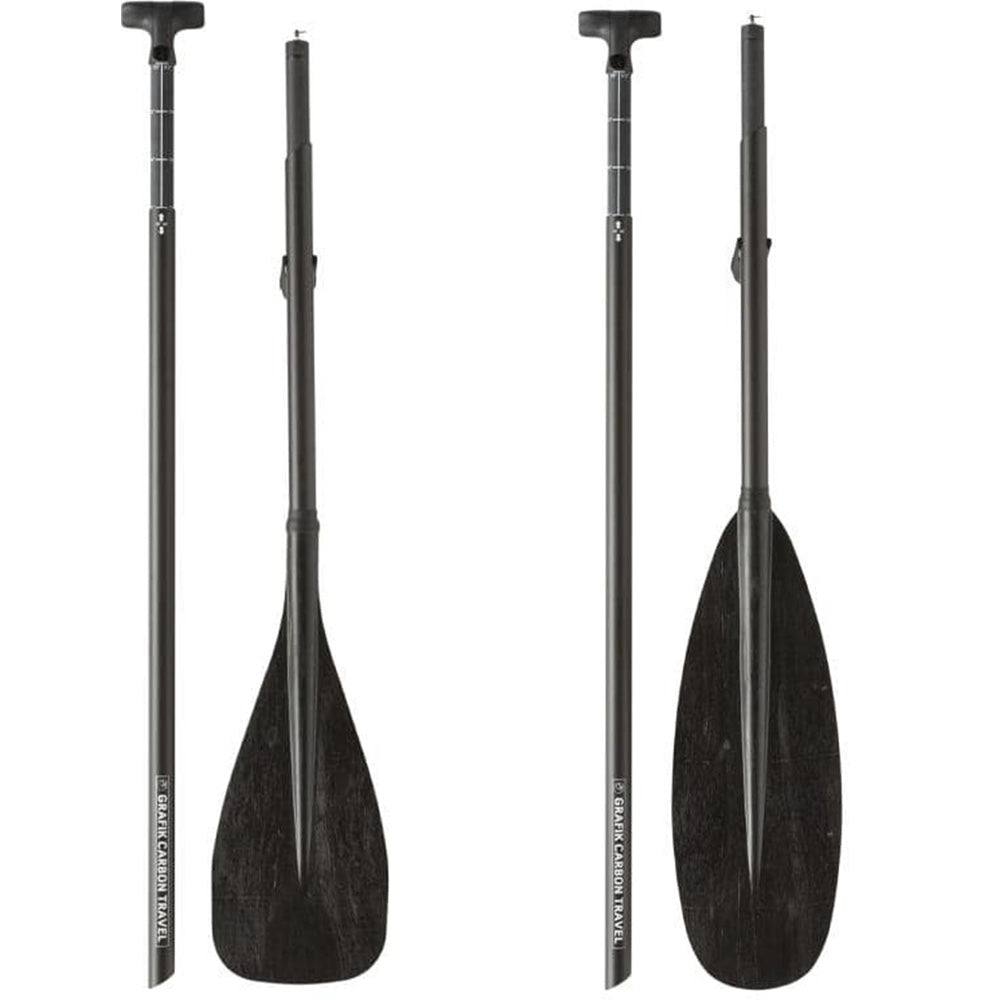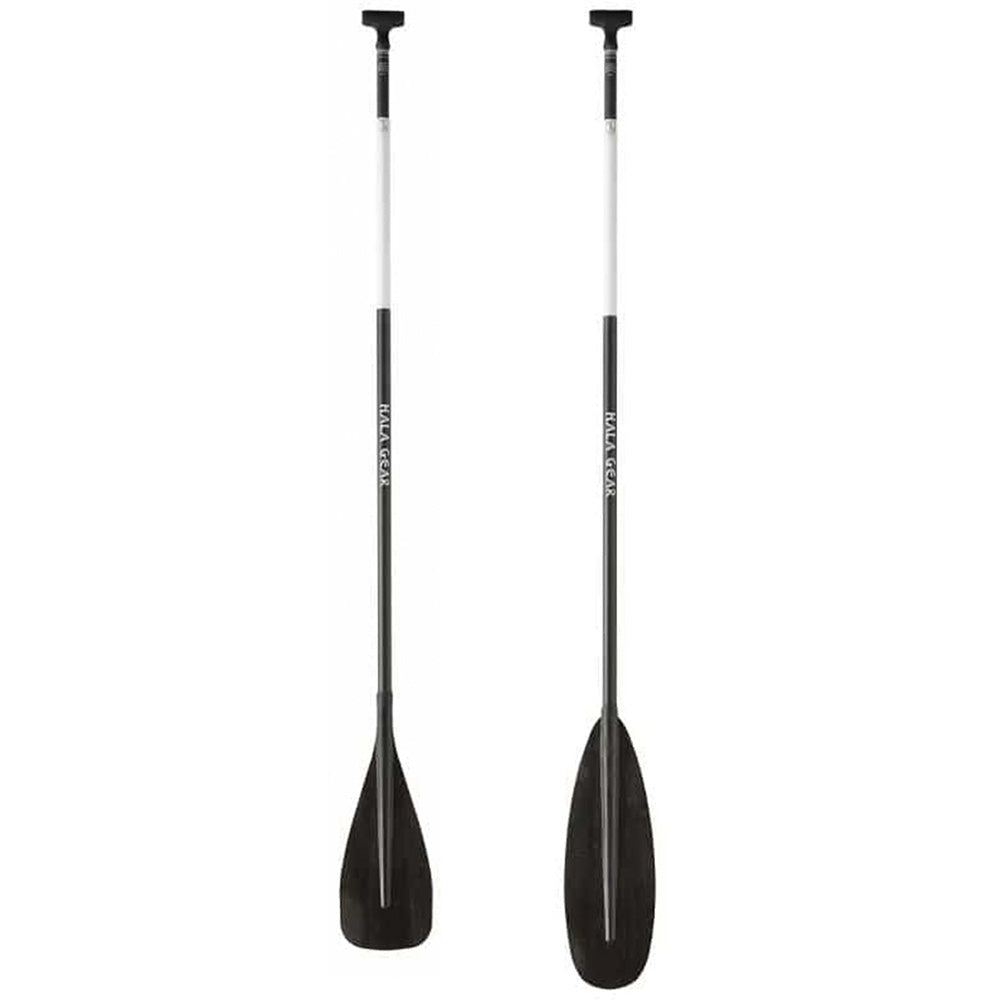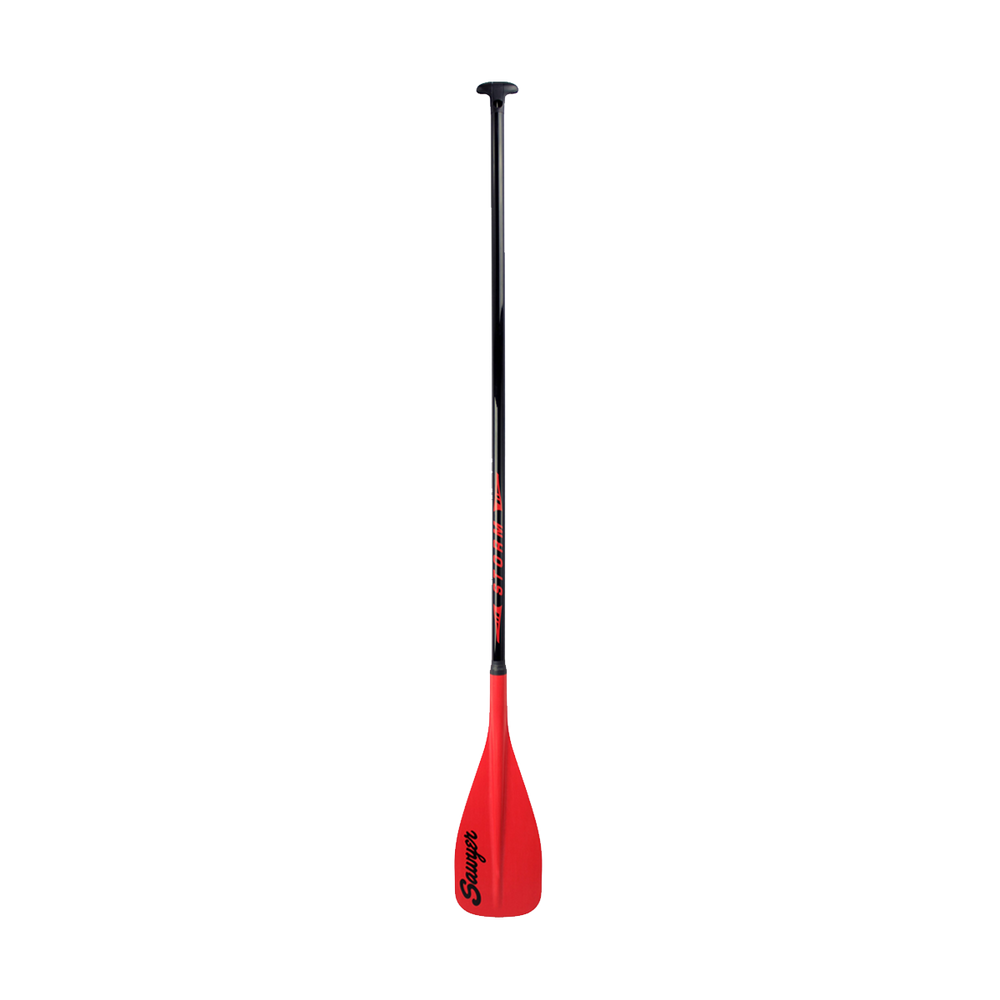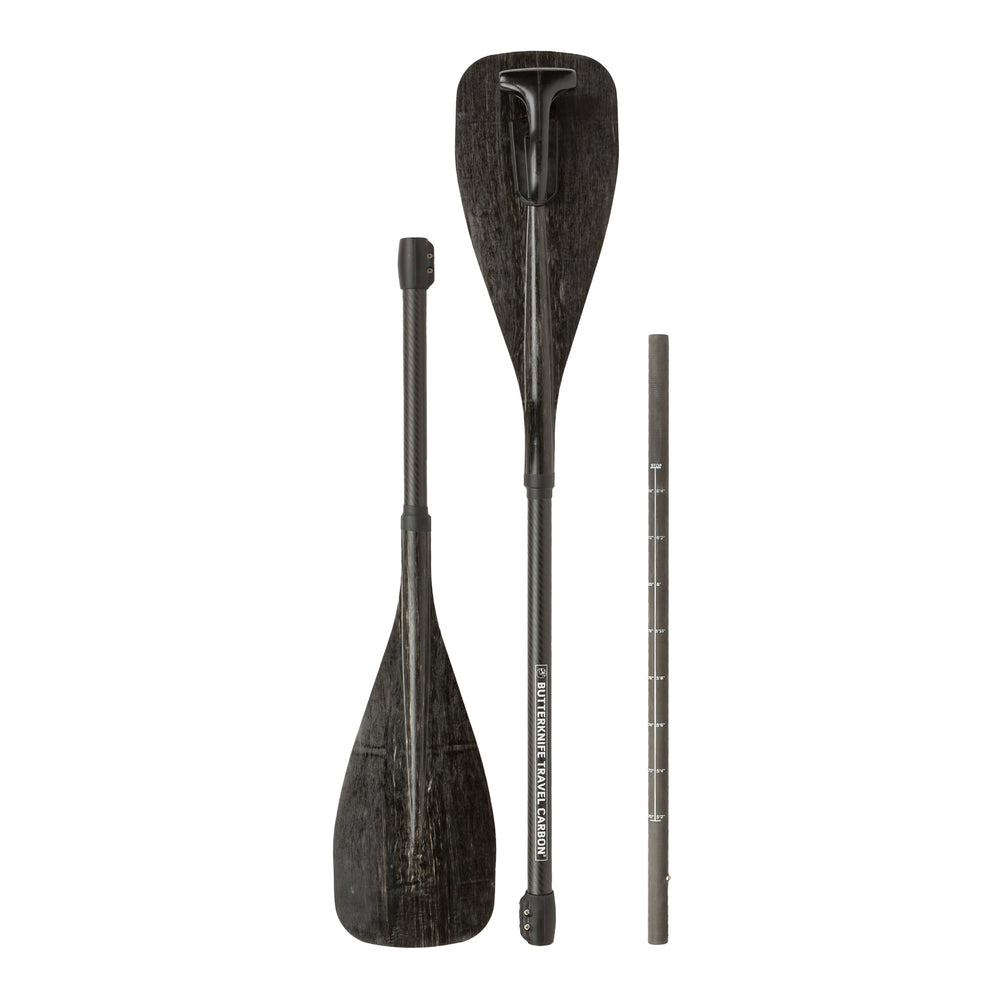June 18, 2020
Beginner's Way to Catch a Wave
In celebration of World Ocean Month, Hala Ambassador Regina Oakes provides commentary on how to catch an ocean wave with your inflatable stand up paddleboard, with explanations on the physics of surfing.

Paddling Out
An inflatable stand up paddleboard is much more buoyant in the ocean than epoxy hardboards (to read more on the differences between inflatables vs. hard SUPs, check out Hala's blog post here).
If you are having a hard time keeping your balance standing upon an inflatable, get on your knees to paddle out. Keep the nose above the waves so even if a wave starts to crash on you, the hydrodynamic forces and surface tension will allow for the water to move under the board. This will let you ride out some munchy stuff – just remember to hold on to your paddle! An alternative way to paddle out lying prone on your belly with your paddle in between you and the board.
Remember the beach surf rule #1: If the SUP surfers are on the edge of the break, that’s where you should head. If SUP surfers are interspersed with traditional surfers, there is no set rule of where you can SUP. If you go to the local surf shop, they will give you hints on whether or not SUP surfers need to stay in certain breaks and other local etiquettes that you should observe.

Find that Wave
After paddling past the break zone, it is time to take a deep breath and watch the horizon. Finding the perfect wave to ride is part of the challenge. Wave patterns are very important. You can see sets coming in and learn the cadence of the waves.
Ocean waves are orbital progressive waves made of water molecules that move in circles as it moves along. The wave gets its energy from the wind which transfers its energy onto the water. The height and shape of the wave depend on how hard the wind is blowing, how long the wind has been blowing, and the surface area of the ocean. Surfing conditions tend to be best after a storm.
As the wave moves toward the shore, the waves slow down and the wave height increases. The back of the wave moves faster than the front causing the wave to break creating the "surf zone." As the water becomes shallower, the swells become breaking waves. Breaking waves can happen on the shore, over a reef, or over a sandbar.
You need to know how deep your breakpoint is because you can get heavily injured if you are dragged on top of a jagged reef. These waves have an enormous amount of power and momentum and thus are incredibly dangerous at times. Every cubic meter of water weighs a ton.
You should aim to catch a wave that is already peaking close to you because it will likely break right on top of you. Find that nice roller moving towards you that is about 50 ft away and plan on riding that one. If you miss it, there will be others. It is all about timing. You have to choose your wave and then be ready to ride it!
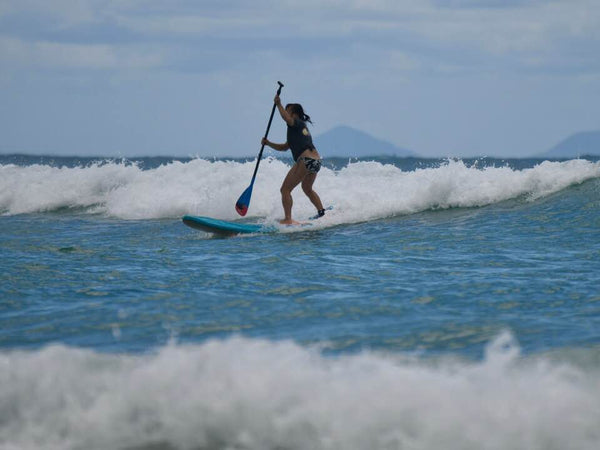
Paddle, Paddle, Paddle
Newton’s First Law of Motion states that objects in motion tend to stay in motion. This means that you need to paddle forward accelerating to a speed that will allow you to catch the wave.
As the wave approaches you, use your paddle to push water towards the back of the board. Newton’s Third Law of Motion states that for every action, there is an equal and opposite reaction. The force that you exert with your paddle will force the water to push you in the opposite direction. Keep your board perpendicular to the shore or you will roll and get tossed off the wave.
Keep up your strength and balance. You will need to accelerate to catch the wave. You will need to match the power of this wave. If you are still on your knees, it is time to stand!

Ride that Wave
As you catch the wave (or the wave catches you), the hydrodynamic forces of the water will push the board forward. Now, you are on the wave and gravity is pulling you down on its vertical face. Your buoyancy is pushing you up and all the forces are aligning to keep you riding this wave.
You can keep paddling to keep up with the wave or use your paddle as a rudder to steer yourself. The best thing about SUP surfing is that you can keep paddling and even have fun catching the smaller, less powerful waves. You can actually catch 2-3 waves at a go! This is one of the many advantages of surfing with a paddle.
Feel the rush of the power of the wave. Smile as wide as you can.

Finish that Surf
When you come close to shore, you can use your paddle to turn around and find the way out to the edge of the break where the waves won’t break on you. If you land on the beach, turn around and wait for the sets to pass.
When you're ready to go ahead, start back at step one and get back out there!

Regina Oakes is an ambassador for Hala Gear. She considers herself to be a beginner ocean SUP surfer and encourages you to leave comments below.

